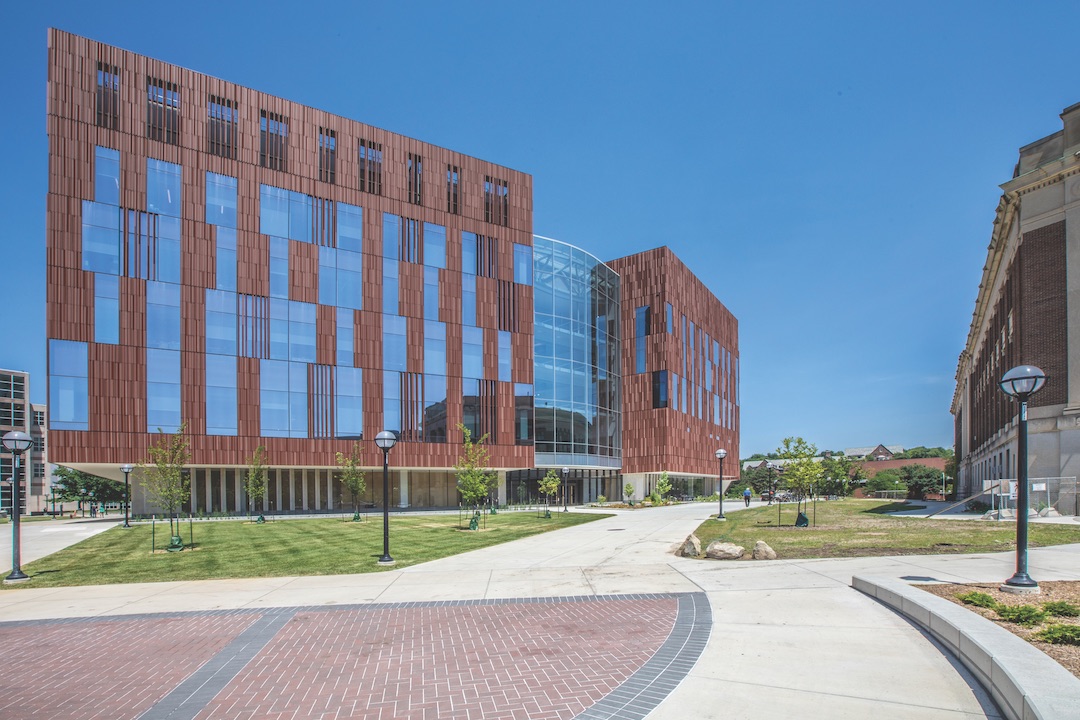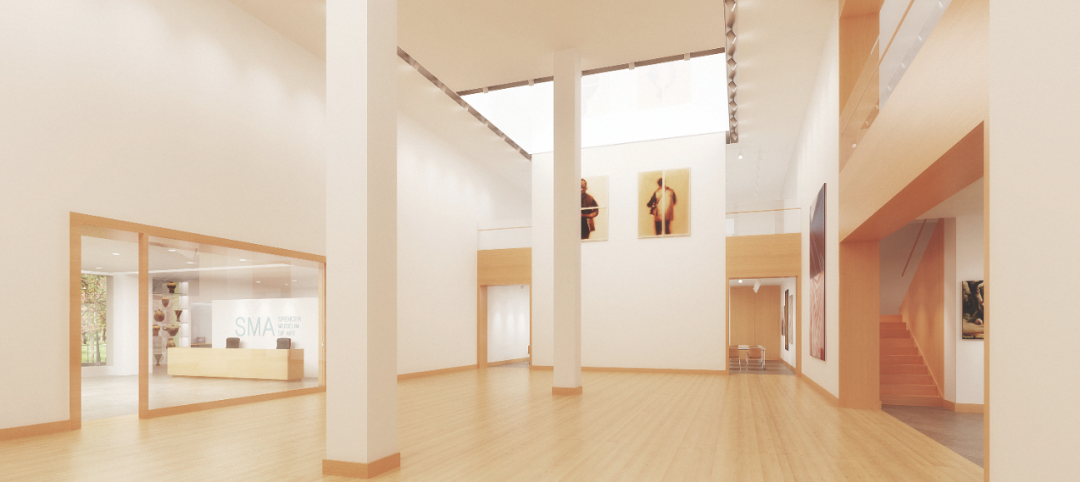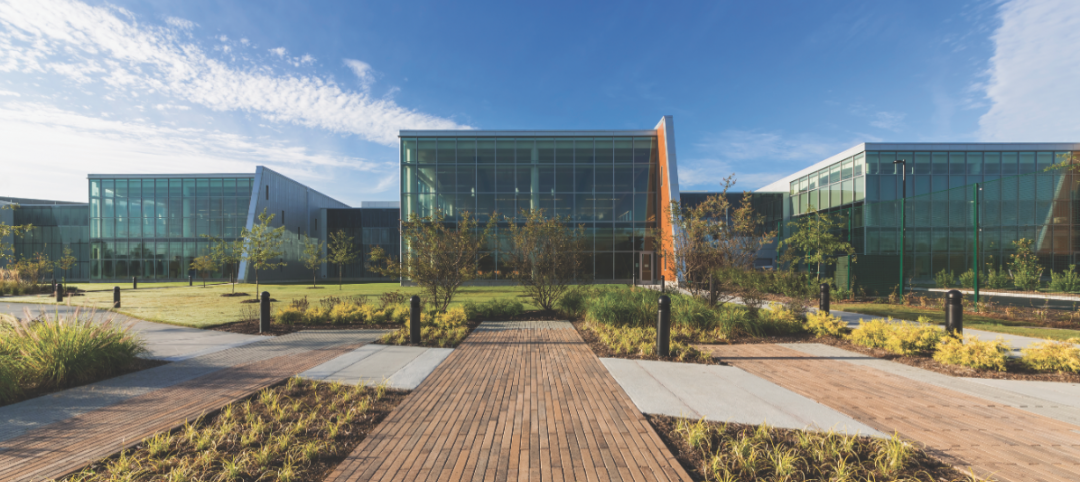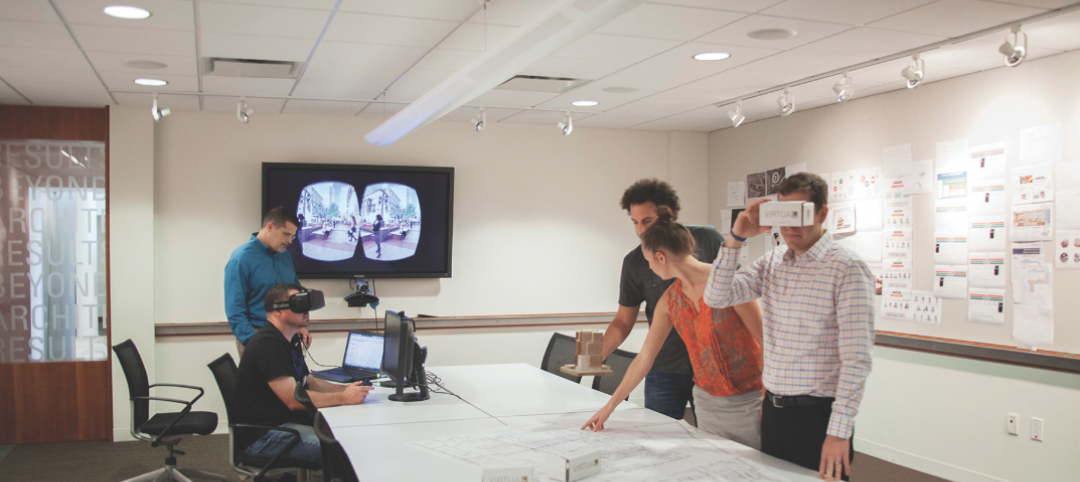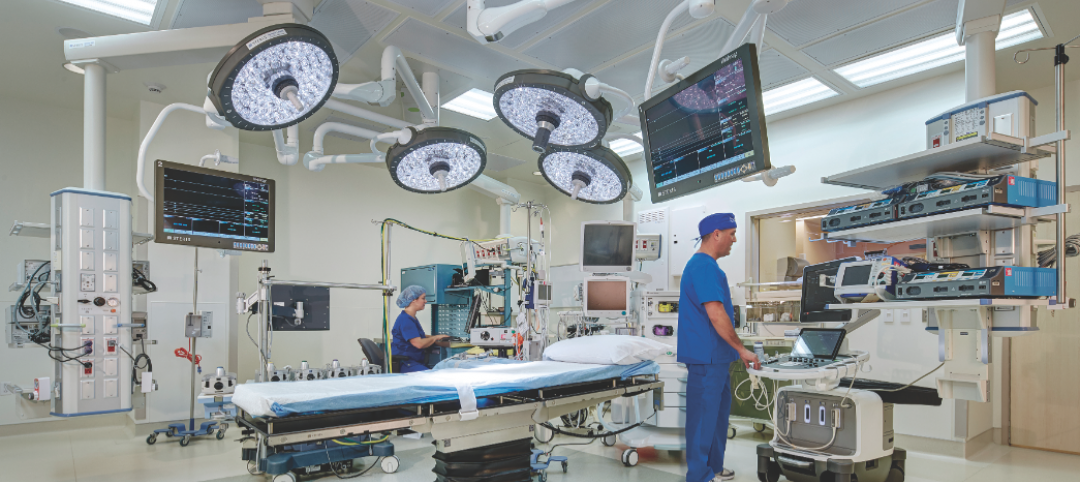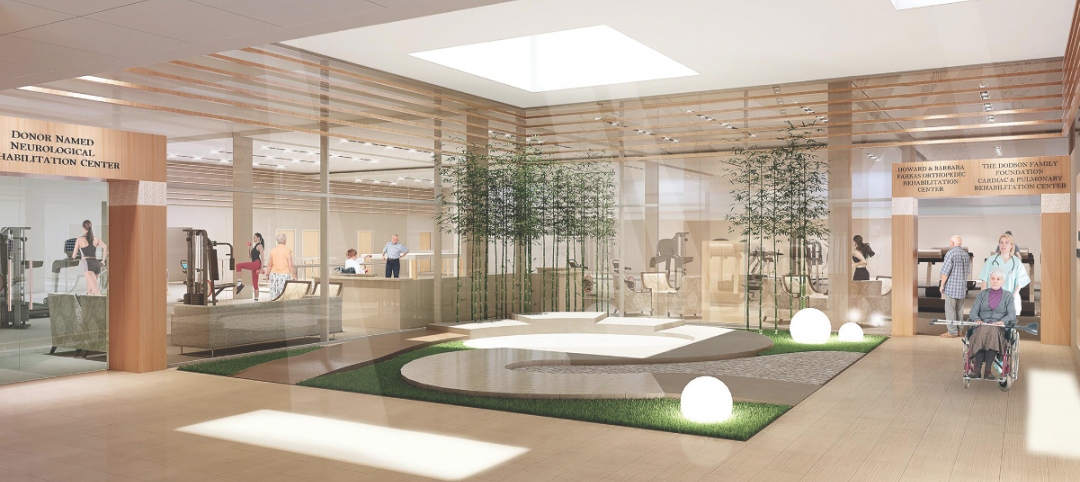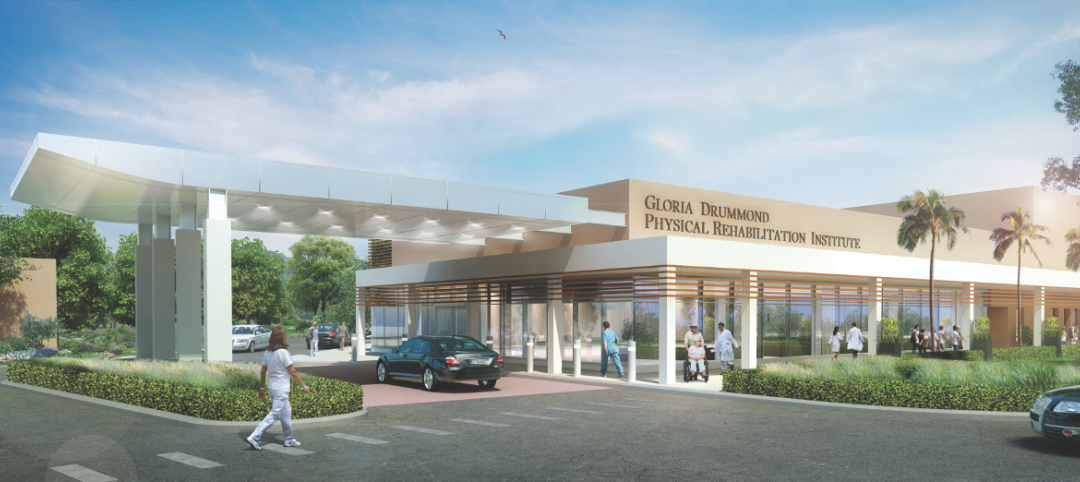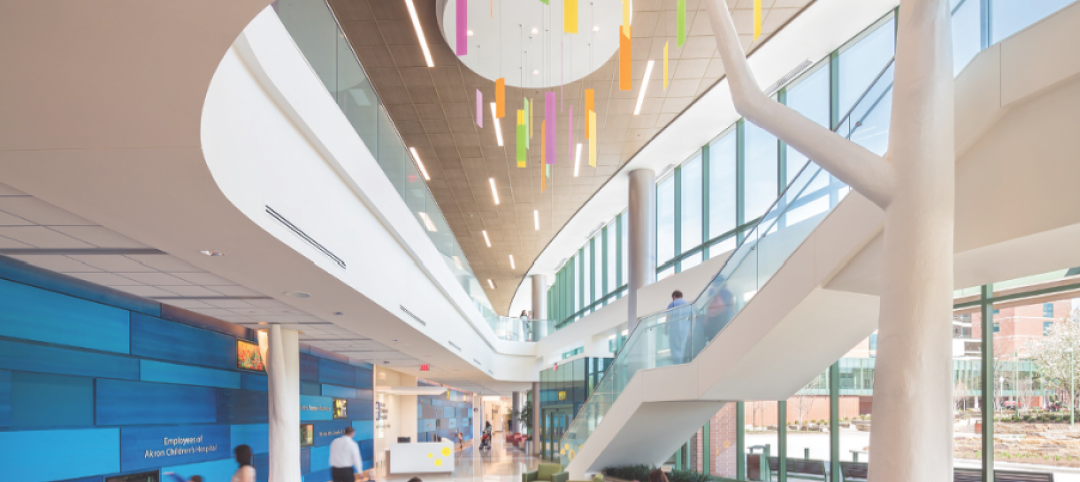State funding of U.S. public higher-education institutions declined by 16% from 2008 to 2017, even as tuition rose an average 35%. Campuses are adapting their facilities to underscore the ROI of earning a degree to a more discerning student population.
Many institutions are emphasizing interdisciplinary research. The University of Michigan’s new Biological Sciences Building brings together the Department of Molecular, Cellular, and Developmental Biology and the Department of Ecology and Evolutionary Biology, as well as the museums of Natural History, Paleontology, and Zoology. Designed by Ennead Architects and SmithGroup, the facility houses large, open classrooms and a flexible active-learning hall for group work.
A 100,000-sf classroom addition to the historic Alexander G. Ruthven Museums Building at the University of Michigan features learning spaces that can quickly transition from lectures to small work teams to larger group discussions.
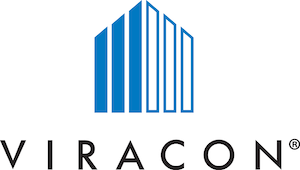 The 2019 University Giants Report is sponsored by Viracon. Also check out these 2019 University Sector Rankings, brought to you by Viracon:
The 2019 University Giants Report is sponsored by Viracon. Also check out these 2019 University Sector Rankings, brought to you by Viracon:
• Top 175 University Architecture Firms for 2019
• Top 90 University Engineering Firms for 2019
• Top 95 University Construction Firms for 2019
“Higher education clients are focusing on creating spaces that can accommodate large, modern, team-based, and active-learning classrooms that also keep an eye on flexibility to accommodate future programmatic changes,” says Rob Rankin, LEED AP BD+C, Project Director, Barton Malow.
Some universities are creating “innovation districts” to historically separate programs. “These districts create holistic living and learning environments, offer a sense of community, and help connect and immerse higher-ed institutions with surrounding communities and professional organizations,” says Patricia Bou, AIA, LEED AP, Principal, CannonDesign.
Rather than committing to an entire new building to house its new engineering program, Loyola University Chicago opted to renovate a storefront adjacent to several off-campus properties. The 9,255-sf Flex Lab is large enough to accommodate the program’s gradual growth while encouraging the exploration of different engineering sciences.
“The highly flexible, reconfigurable space supports entrepreneurial partnerships with students in the community and the university’s social justice mission,” says Chris Purdy, Vice President and Higher Education Practice Director at SmithGroup.
A new 790-space underground parking structure at Washington University in St. Louis is designed with built-in flexibility so it can potentially be repurposed into academic research or teaching space in the future. McCarthy Building Companies laser scanned all the post-tensioning cable, rebar, and embedded MEP systems before concrete was poured on the deck so the university will have access to precise 3D data in the event of future renovation or repurposing.
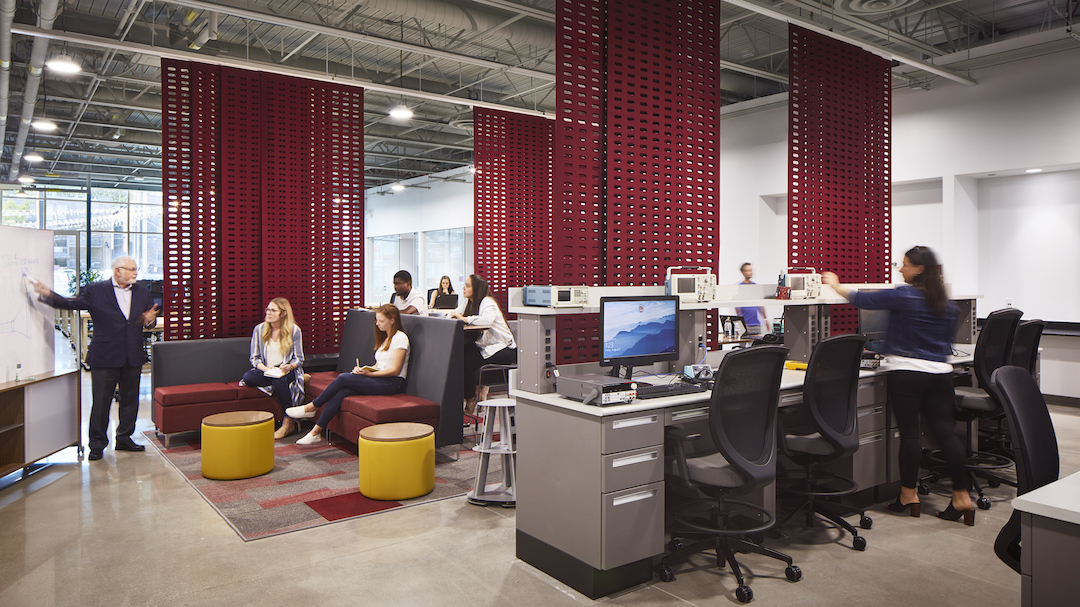 Rather than committing to a new building to house its new engineering program, Loyola University Chicago opted to renovate a storefront adjacent to several off-campus properties. The 9,255-sf Flex Lab was designed by SmithGroup. Photo: Dave Burk
Rather than committing to a new building to house its new engineering program, Loyola University Chicago opted to renovate a storefront adjacent to several off-campus properties. The 9,255-sf Flex Lab was designed by SmithGroup. Photo: Dave Burk
Colleges and universities are also doubling down on academic programs that equip students with hand-on skills for in-demand careers. “Over the last year, we’ve seen an increase in the number of projects related to specific careers,” such as nursing, welding, automotive, automation, and electronics, says Jeff Oke, PE, Principal and Client Executive, IMEG Corp.
Wake Tech Community College opened the first building on a new 94-acre campus in Research Triangle Park, N.C., to help meet rising demand for technology workers in the region’s knowledge-based economy. Co-located with technology, life science, and R&D partner companies, the campus is a collaborative venture built with curriculum guidance and financial support from Cisco, Red Hat, and Lenovo.
“This adaptable building helps fulfill Wake Tech’s vision to be a vital hub between the academic and corporate worlds,” said Kenneth Luker, AIA, LEED AP, Design Principal, Perkins+Will.
Universities and colleges FOCUS ON PHYSICAL, EMOTIONAL HEALTH OF STUDENTS AT RISK
Health and wellness are taking center stage on many college and university campuses to address student anxiety, depression, and substance abuse.
Recent research from the American College Health Association reveals that three out of five college students experienced overwhelming anxiety in the last year; two out of five were too depressed to function. Only 10-15% of students who need help typically seek such services at campus counseling centers.
“Academic institutions are creating wellness centers to provide students more mental health resources than ever before,” says John Baxter, AIA, LEED AP, Higher Education Sector Leader at EYP. The McLeod Tyler Wellness Center at the College of William and Mary, Williamsburg, Va., which opened last fall, integrates counseling, medical, and healthy living spaces in a highly visible and accessible campus building.
There’s also an emphasis on designing for inclusivity, as universities strive to offer customized experiences matched to each student’s unique academic journey. “Universities are engaged in a conscious drive toward multicultural human experience as they recognize evolving campus cultures,” says Charles Smith, AIA, LEED AP, Principal, CannonDesign. “Student unions, dining experiences, and residence halls are being programmed and designed to create more open, collaborative, and supportive environment for all students.”
This fall, Pratt Institute will open Emerson Place, a new 10-story residence hall in Brooklyn designed to address the complex needs of first-year students. Compartmentalized toilet and bathing facilities located outside of traditional doubles sleeping rooms will give students privacy while addressing gender politics, identity, and religious diversity.
“Our clients understand the importance of providing spaces and resources that allow students to decompress or regroup,” says Lynne Deninger, AIA, LEED AP, CannonDesign Principal and Boston Practice Leader.
MORE FROM BD+C'S 2019 GIANTS 300 REPORT
Related Stories
Giants 400 | Aug 7, 2015
RECONSTRUCTION AEC GIANTS: Restorations breathe new life into valuable older buildings
AEC Giants discuss opportunities and complications associated with renovation, restoration, and adaptive reuse construction work.
Giants 400 | Aug 6, 2015
GREEN BUILDING GIANTS: Green building movement hits a new plateau, but the underlying problems remain
Today, the green building movement is all about eliminating toxic substances in building materials and systems and, for manufacturers, issuing environmental and health product declarations. Whether these efforts will lead to healthier products and building environments remains an open question.
Giants 400 | Aug 6, 2015
BIM GIANTS: Robotic reality capture, gaming systems, virtual reality—AEC Giants continue tech frenzy
Given their size, AEC Giants possess the resources and scale to research and test the bevy of software and hardware solutions on the market. Some have created internal innovation labs and fabrication shops to tinker with emerging technologies and create custom software tools. Others have formed R&D teams to test tech tools on the job site.
Giants 400 | Aug 6, 2015
GIANTS 300 REPORT: Top 75 Healthcare Construction Firms
Turner, McCarthy, and Skanska top Building Design+Construction's 2015 ranking of the largest healthcare contractors and construction management firms in the U.S.
Giants 400 | Aug 6, 2015
GIANTS 300 REPORT: Top 80 Healthcare Engineering Firms
AECOM, Jacobs, and Burns & McDonnell top Building Design+Construction's 2015 ranking of the largest healthcare engineering and engineering/architecture firms in the U.S.
Giants 400 | Aug 6, 2015
GIANTS 300 REPORT: Top 115 Healthcare Architecture Firms
HDR, Stantec, and Perkins+Will top Building Design+Construction's 2015 ranking of the largest healthcare architecture and architecture/engineering firms in the U.S.
Giants 400 | Aug 6, 2015
HEALTHCARE AEC GIANTS: Hospital and medical office construction facing a slow but steady recovery
Construction of hospitals and medical offices is expected to shake off its lethargy in 2015 and recover modestly over the next several years, according to BD+C's 2015 Giants 300 report.
Giants 400 | Aug 6, 2015
GIANTS 300 REPORT: Top 75 Construction Management Firms
Jacobs, AECOM, and Hill International head Building Design+Construction's 2015 ranking of the largest construction management and project management firms in the United States.
Giants 400 | Aug 6, 2015
GIANTS 300 REPORT: Top 100 Contractors
Turner Construction and Whiting-Turner Contracting top Building Design+Construction's 2015 ranking of the largest contractors in the United States.
Giants 400 | Aug 5, 2015
CONSTRUCTION GIANTS: Economists hedge their bets on prospects for nonresidential construction
Leading economists expect spending for nonresidential construction to rise in 2015 by somewhere in the 6.4–7.7% range, and remain strong in 2016, according to BD+C's 2015 Giants 300 report.


